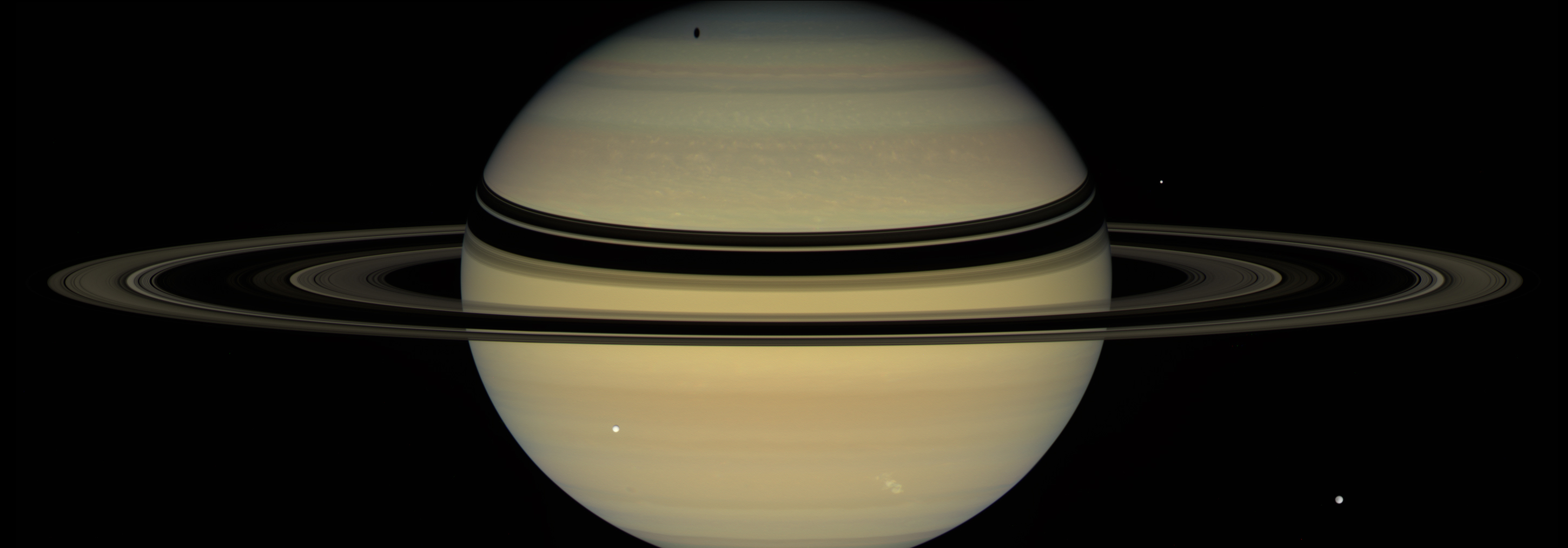Generally in astronomy, most round objects like planets, stars, and moons with enough mass to pull itself into a ball, are not perfect spheres. Even if a planet or star looks completely round, they usually have some degree of what astronomers call oblateness. Oblateness, in its simplest definition, relates to how “squashed” a round object appears. Planets (especially gaseous ones) and stars with a fast spin appear to be squished, their equators bulging out far more than their poles. Rocky bodies can have this too, including the dwarf planet Haumea that spins so fast that it appears as its famous egg-like shape. See enough long-distance photos of Jupiter and Saturn, and you’ll start to notice they look distinctly squashed too, thanks to their very fast spins and gaseous nature. The more technical term for this squished look is an “oblate spheroid”, a geometrical shape where the radius of the object’s equator is greater than at the poles.

But astronomy isn’t astronomy without the universe constantly giving us that one exception to the rule. So, then, meet the star with the boring and unwieldly name of KIC 11145123, aka the roundest natural object astronomers have seen to date (since 2016, at least.) This, of course, implies that the radius at its equator and poles is the closest to equal astronomers have seen so far; in fact, the difference between the poles’ and equator’s radii is just 3km, give or take 1km. In comparison, the difference between our sun’s polar and equatorial radii is at least 10km. In addition, KIC 11145123 also has a slow rotational period of 100 days, which is a long time compared to our sun’s rotational period of just 25 days. However, even its 100 days long rotation should have given it far more of an oblate appearance than it actually does; in fact, researchers have estimated that it only has 1/3 of the oblateness that it should have, and they intend on researching deeper into the reasons behind its unusual sphericity that goes beyond just its rotation, as several factors can also play into how round a star or planet or even a moon can look, including gravitational influences of other stars and/or giant planets, magnetic fields, and stellar winds (for stars, anyway).
References:
https://solarsystem.nasa.gov/resources/932/a-stage-for-shadows/?category=planets_saturn
https://mathworld.wolfram.com/OblateSpheroid.html
